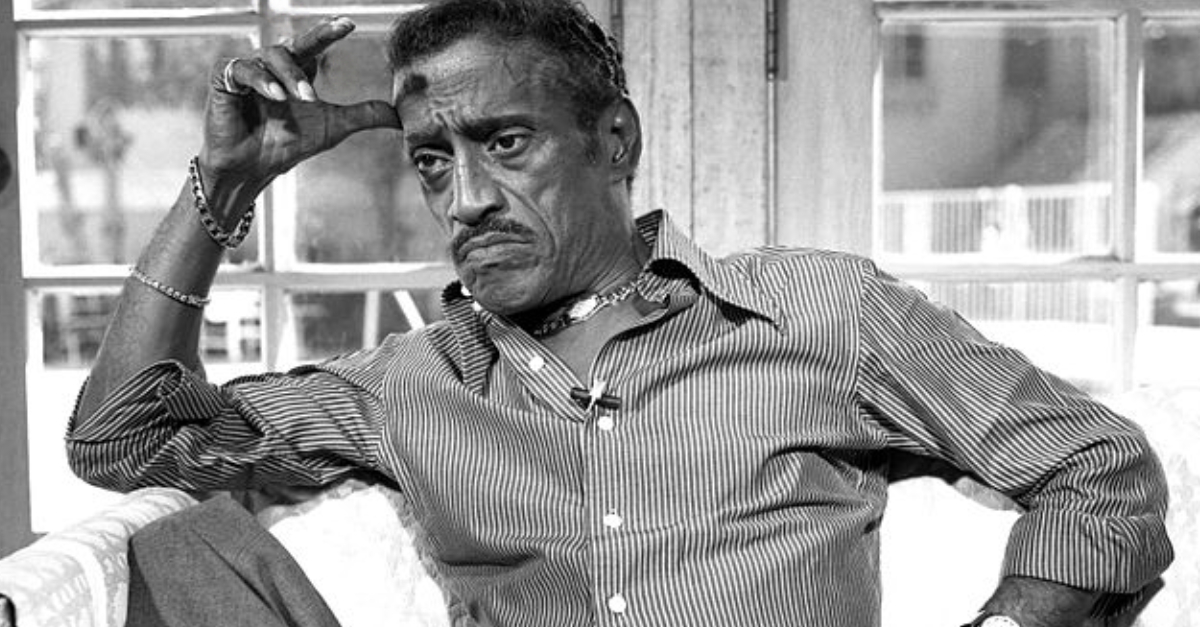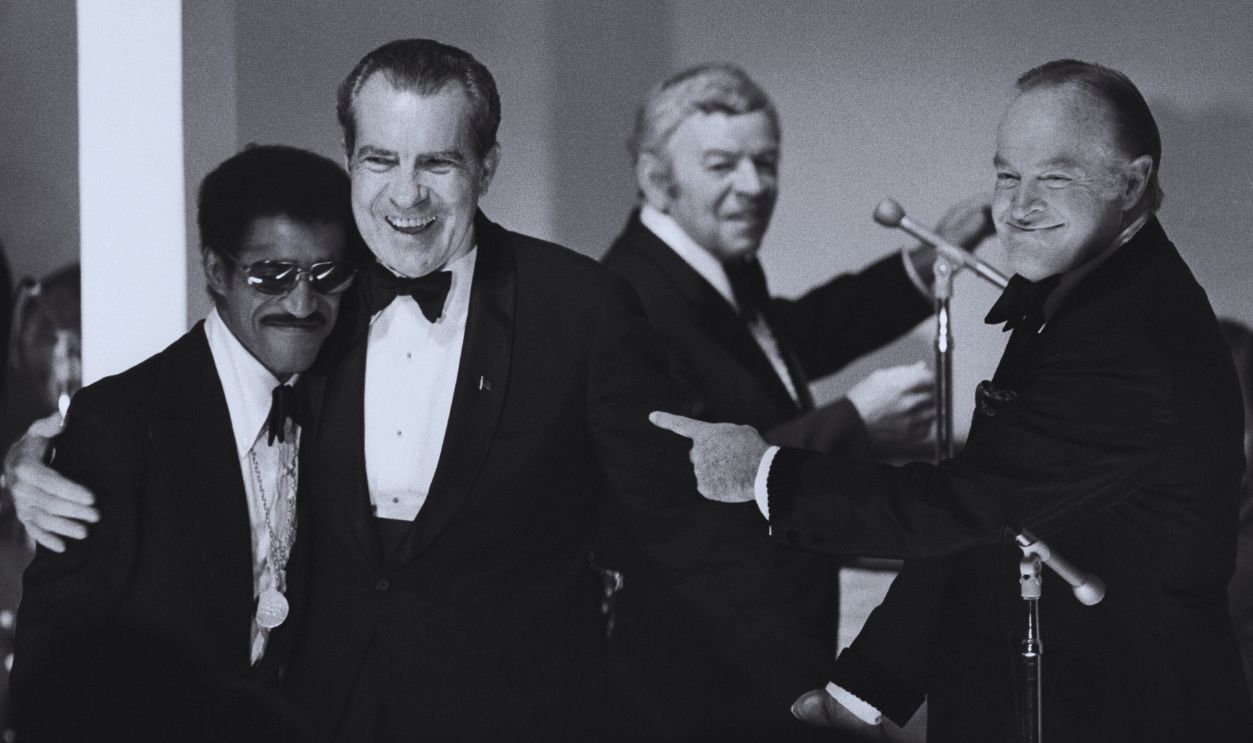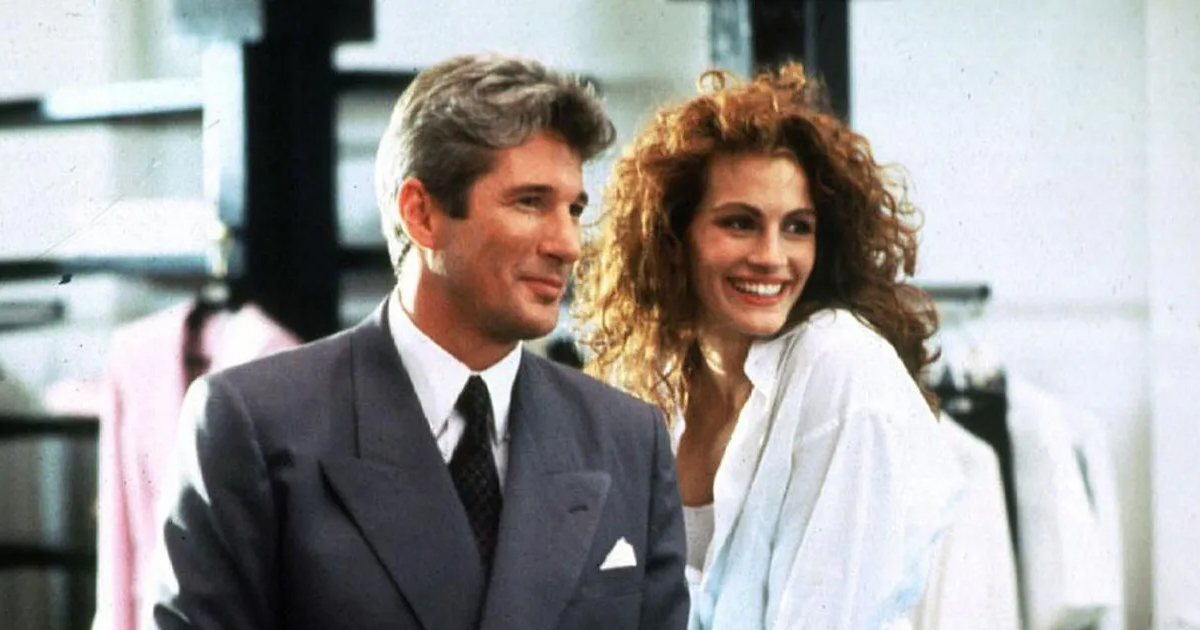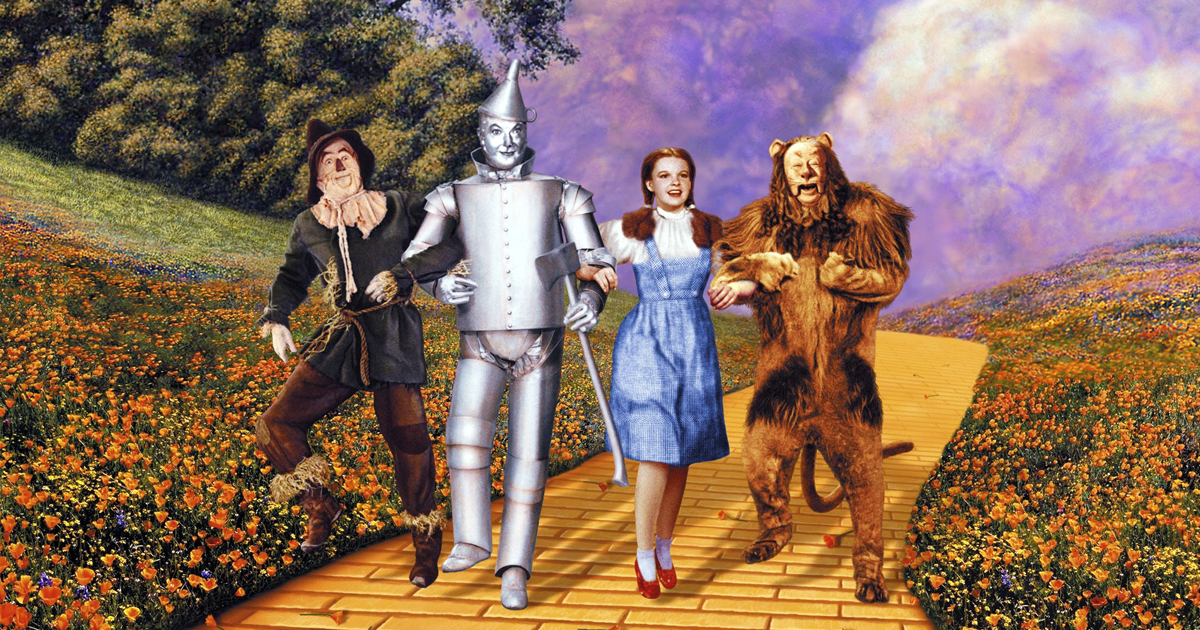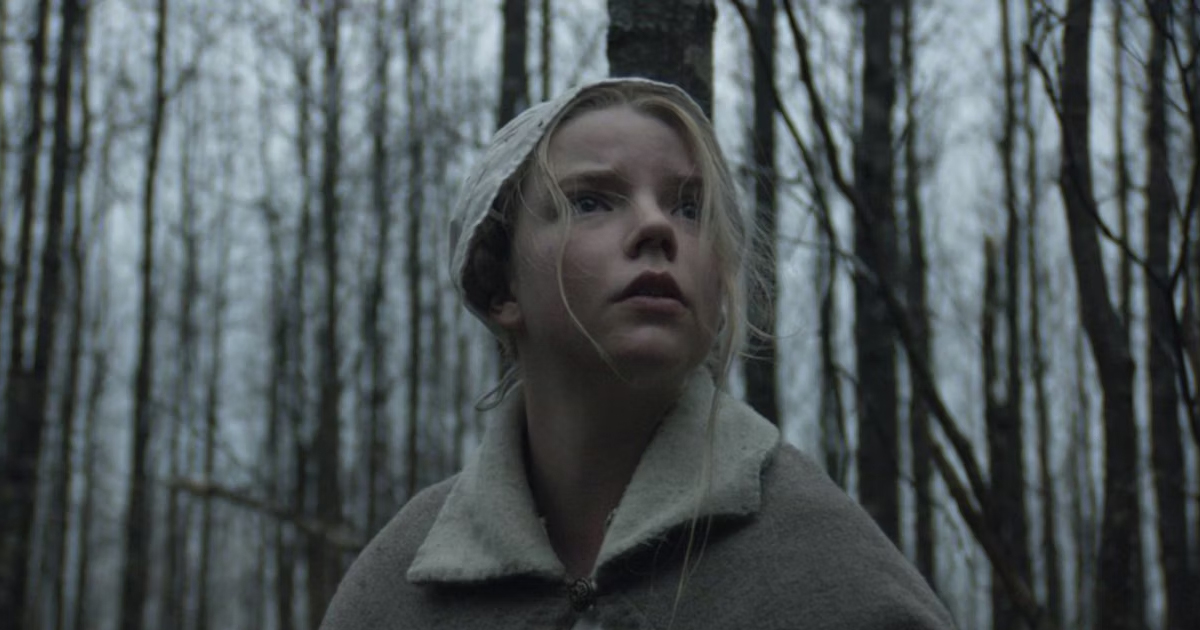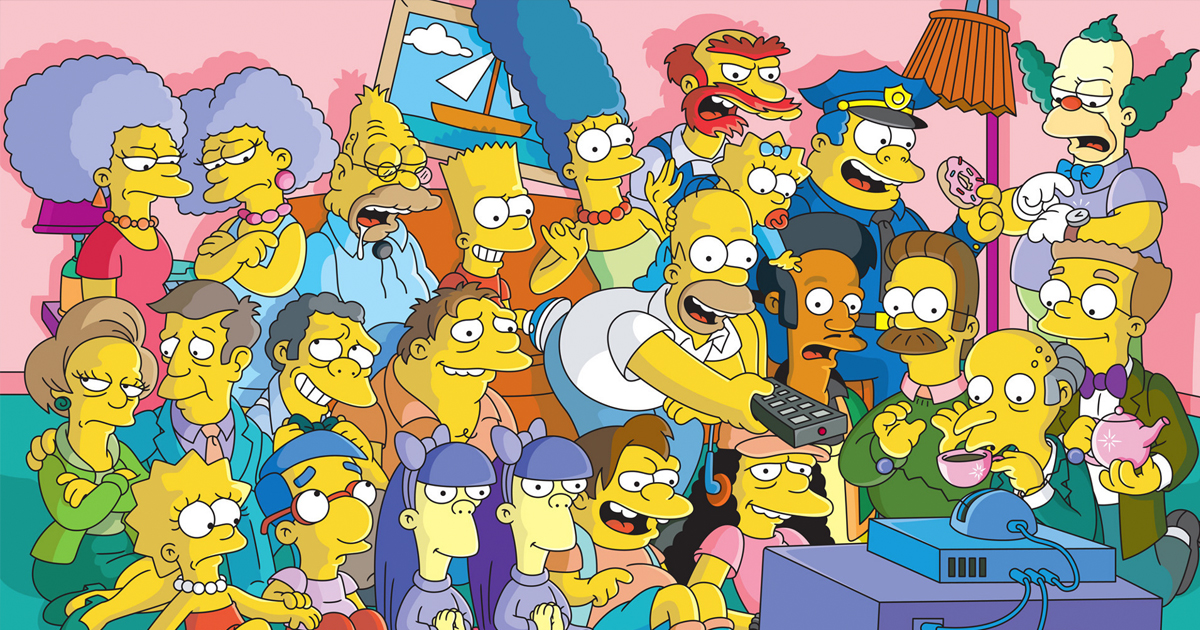The Life of the Party—And Still on the Outside Looking In
Few entertainers ever commanded a stage like Sammy Davis Jr.. He could sing, dance, act, and play nearly every instrument in the band—and still have energy left to make Frank Sinatra laugh. But behind the tuxedo charm was a man who never stopped trying to belong. Even inside the Rat Pack, the ultimate symbol of brotherhood, Sammy remained the outsider.
 Born Into The Spotlight
Born Into The Spotlight
Sammy Davis Jr. didn’t choose show business—it chose him. Born in Harlem in 1925 to vaudeville performers, he was dancing onstage by age three with his father and Will Mastin. Audiences tossed coins as he tap-danced across floors. “I’ve been in show business so long, I can’t remember being out of it,” he said.
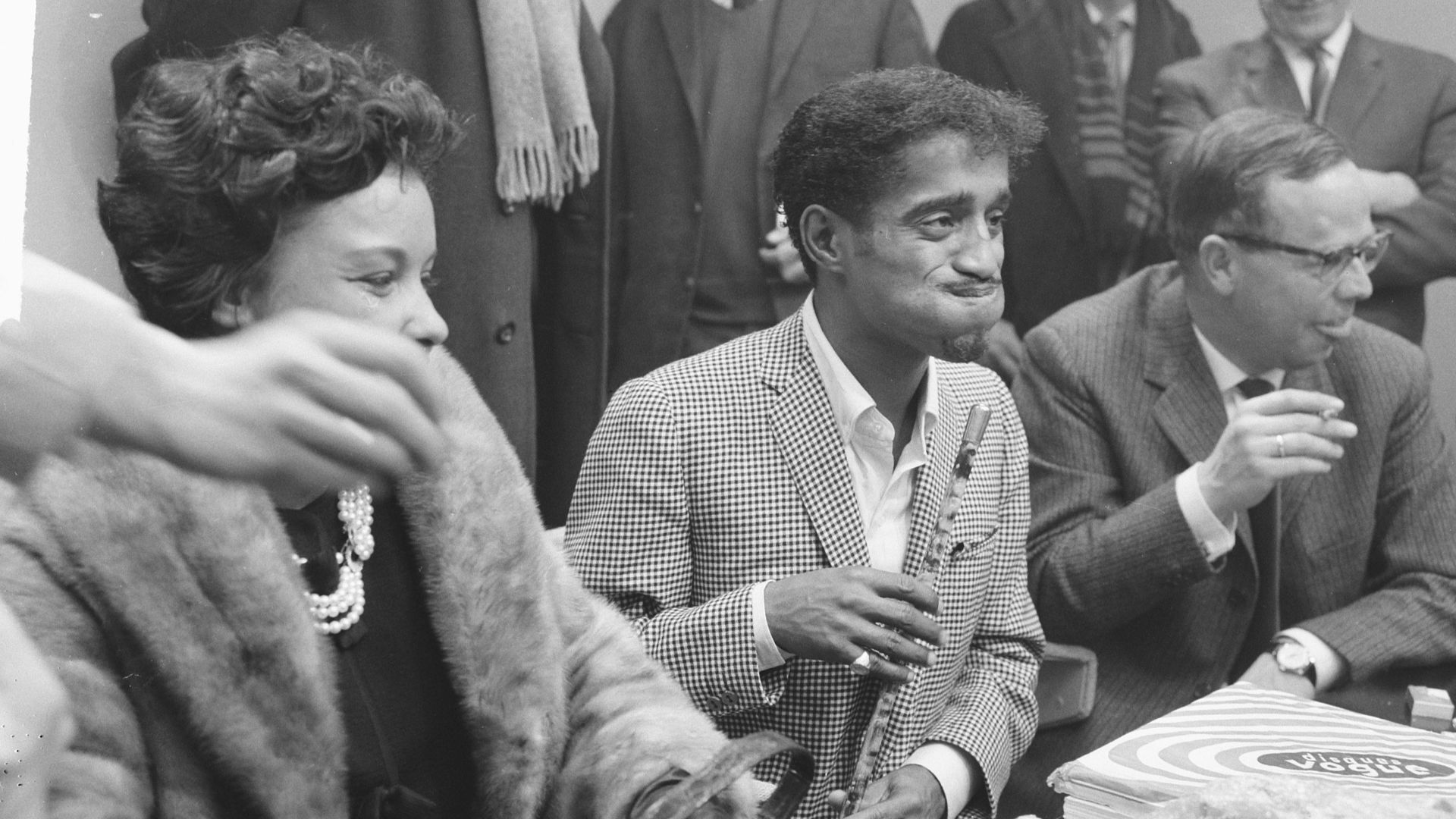 F.N. Broers / Anefo, Wikimedia Commons
F.N. Broers / Anefo, Wikimedia Commons
A Childhood On The Road
By age ten, Sammy was touring constantly, performing for mostly white crowds who adored him but rarely saw him as equal. He once said performing was how he “turned hate into applause.” Then came World War II, and life changed again.
 John Springer Collection, Getty Images
John Springer Collection, Getty Images
War And Resilience
Drafted into a segregated Army unit, Sammy faced brutal racism from fellow soldiers. Instead of quitting, he performed for them until they saw his humanity. “I had to prove I was human,” he said later. His instinct to win people over with talent never left him.
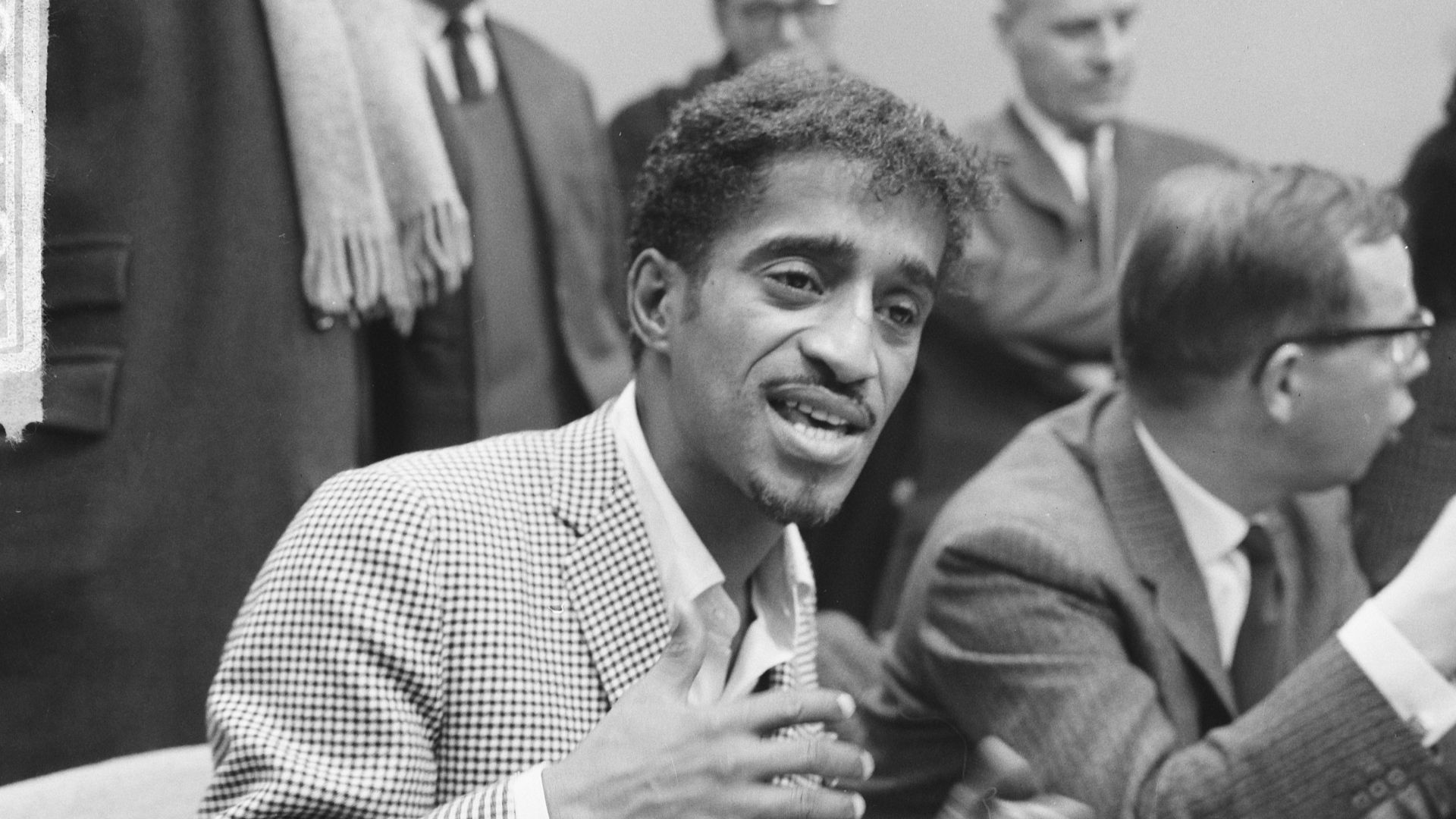 F.N. Broers / Anefo, Wikimedia Commons
F.N. Broers / Anefo, Wikimedia Commons
The Trio Takes Off
After the war, he rejoined the Will Mastin Trio and became a nightclub sensation. He sang, danced, played trumpet and drums, and mimicked stars with precision. One critic called him “a one-man variety show.” Even Sinatra couldn’t look away.
The Crash That Changed Everything
In 1954, a devastating car accident cost Sammy his left eye. During recovery, he studied Judaism and converted, saying he identified with “the persecution and the pain.” The tragedy deepened him—and his work.
 Michael Ochs Archives, Getty Images
Michael Ochs Archives, Getty Images
Breaking Barriers In Las Vegas
By the late 1950s, Sammy was headlining in Vegas but barred from staying in the hotels where he performed. Frank Sinatra threatened to walk unless it changed. The rule was dropped. “Frank made it so I could walk through the front door,” Sammy said.
Joining The Rat Pack
When Sinatra, Dean Martin, Joey Bishop, Peter Lawford, and Sammy Davis Jr. joined forces, they redefined cool. Sammy’s dancing, humor, and timing gave the act its pulse. But offstage, the camaraderie didn’t always match the performance.
Laughter With A Cost
The Rat Pack’s comedy revolved around inside jokes—and Sammy was often the punchline. Jokes about his race and religion drew laughs from white audiences, but they stung. “If I didn’t laugh, they’d think I was angry—and then I’d really be alone,” he said.
 John Springer Collection, Getty Images
John Springer Collection, Getty Images
The Power Dynamic With Sinatra
Sinatra defended Sammy fiercely, but the power dynamic was clear. “Frank’s my brother, but he’s the big brother—and I can never forget it,” Sammy said. His acceptance often came with conditions.
 Michael Ochs Archives, Getty Images
Michael Ochs Archives, Getty Images
Hollywood’s Complicated Embrace
Hollywood admired him but struggled to cast him. He shined in Porgy and Bess, A Man Called Adam, and Sweet Charity, but true leading roles never came. “They loved me onstage—off it, they weren’t sure,” he admitted.
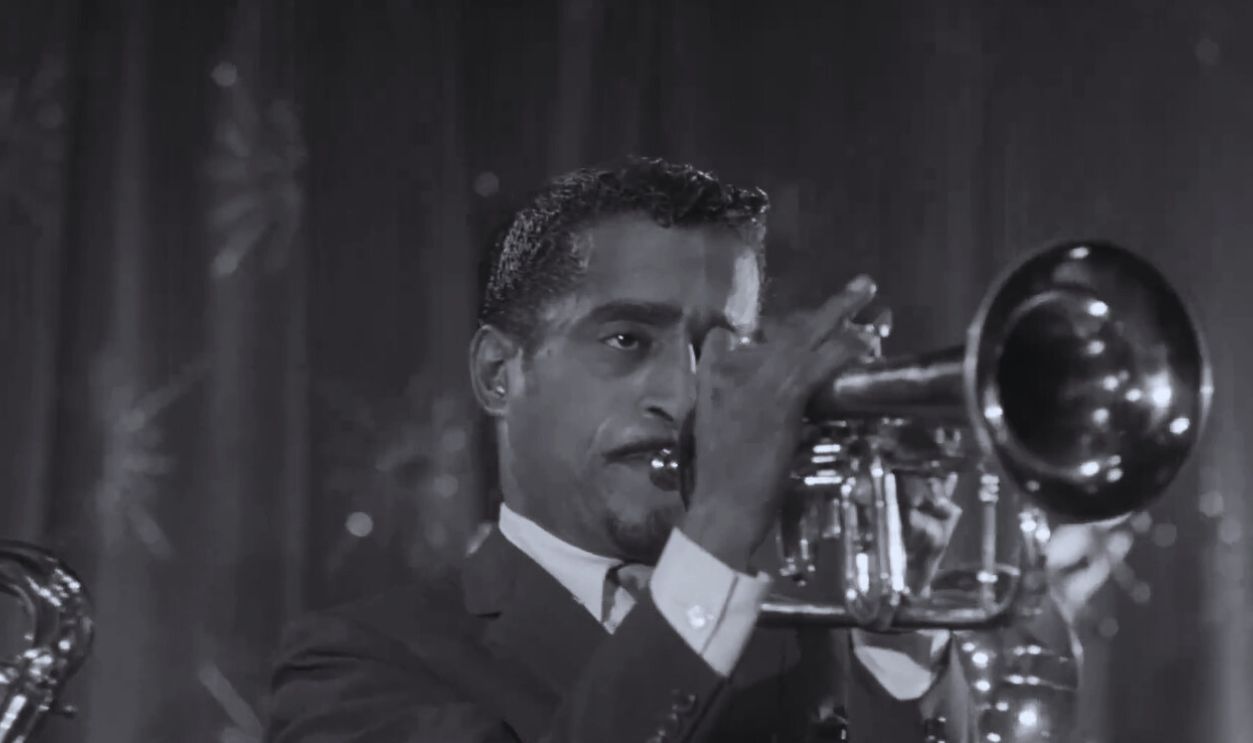 Embassy Pictures, A Man Called Adam (1966)
Embassy Pictures, A Man Called Adam (1966)
Love That Shook America
In 1960, Sammy fell in love with Swedish actress May Britt. When their relationship became public, the backlash was immediate. Interracial marriage was still illegal in many states. They postponed their wedding until after JFK’s election, then married anyway.
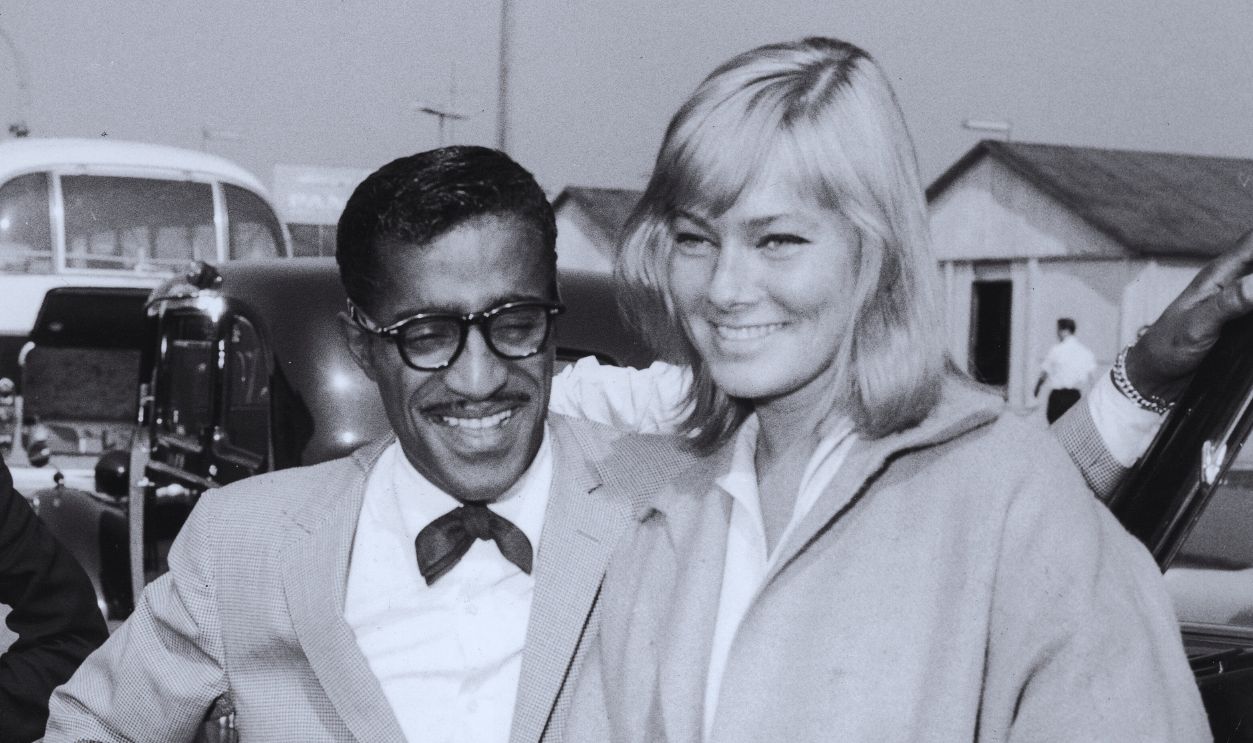 Express Newspapers, Getty Images
Express Newspapers, Getty Images
The Fallout From Love
Their marriage brought threats, cancellations, and endless headlines. “We weren’t trying to make history,” May Britt said. “We were just in love.” For Sammy, it was another reminder that success didn’t always equal acceptance.
 Universal History Archive, Getty Images
Universal History Archive, Getty Images
A Man Who Never Stopped Working
Sammy performed up to 300 shows a year, refusing to slow down. He sang What Kind of Fool Am I? with real ache. “If the applause stopped, he got nervous,” said Gregory Hines. Performing was how he stayed alive.
Politics And The Nixon Hug
In 1972, Sammy hugged President Richard Nixon at a White House event, hoping to promote unity. The gesture backfired. “I thought I was helping—turns out I was helping to get myself hated,” he said. The rejection hit harder than any review.
"The Candy Man" Irony
That same year, he reluctantly recorded The Candy Man. “It’s corny,” he said, “but people smile when they hear it.” It became his biggest hit. The song he disliked most was the one that finally gave him universal approval.
 Sammy Davis Jr - The Candy Man (Live in Germany 1985), SammyDavisJrVEVO
Sammy Davis Jr - The Candy Man (Live in Germany 1985), SammyDavisJrVEVO
The Restless Years
Even at the height of fame, Sammy struggled with loneliness. He surrounded himself with people and noise, avoiding silence. Producer George Schlatter said, “He always had to be on.” The laughter often covered the emptiness.
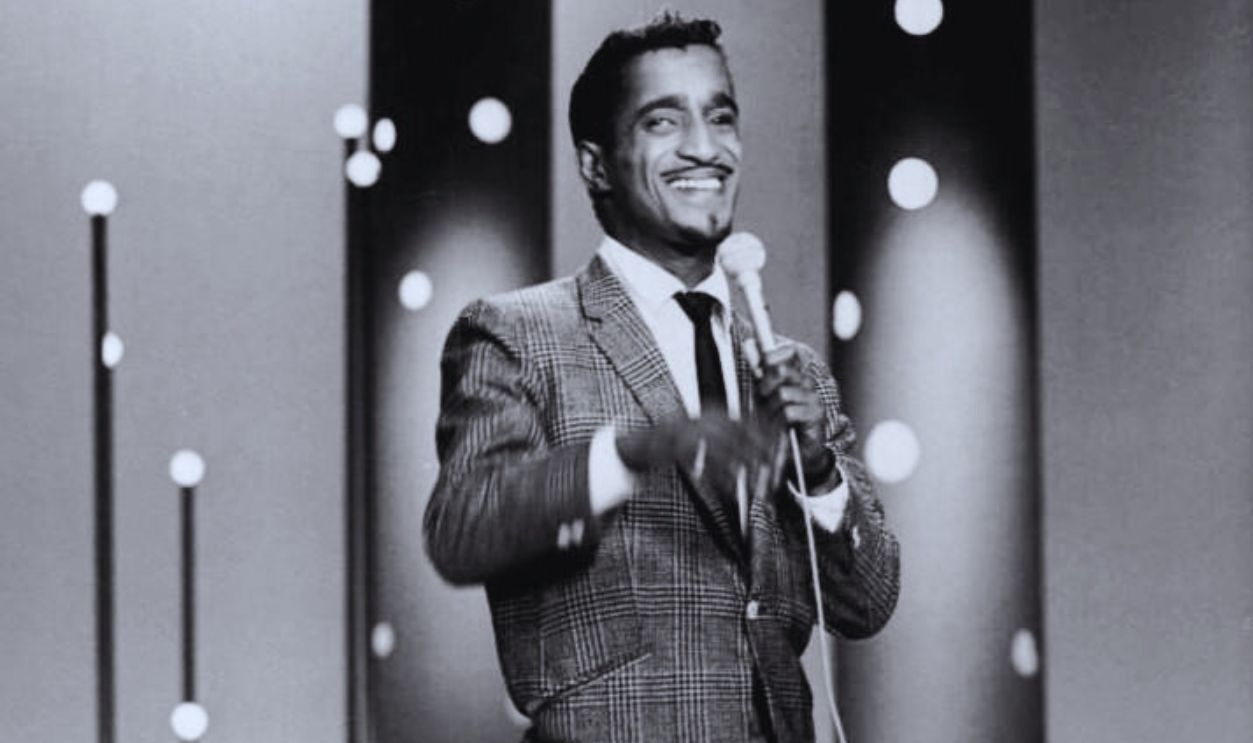 NBC Television, Wikimedia Commons
NBC Television, Wikimedia Commons
Admired By A New Generation
In the 1980s, Michael Jackson and Gregory Hines celebrated him as a pioneer. When Hines danced beside him on television, he said it felt like “touching history.” Sammy smiled and replied, “Now go out there and make them love you even more.”
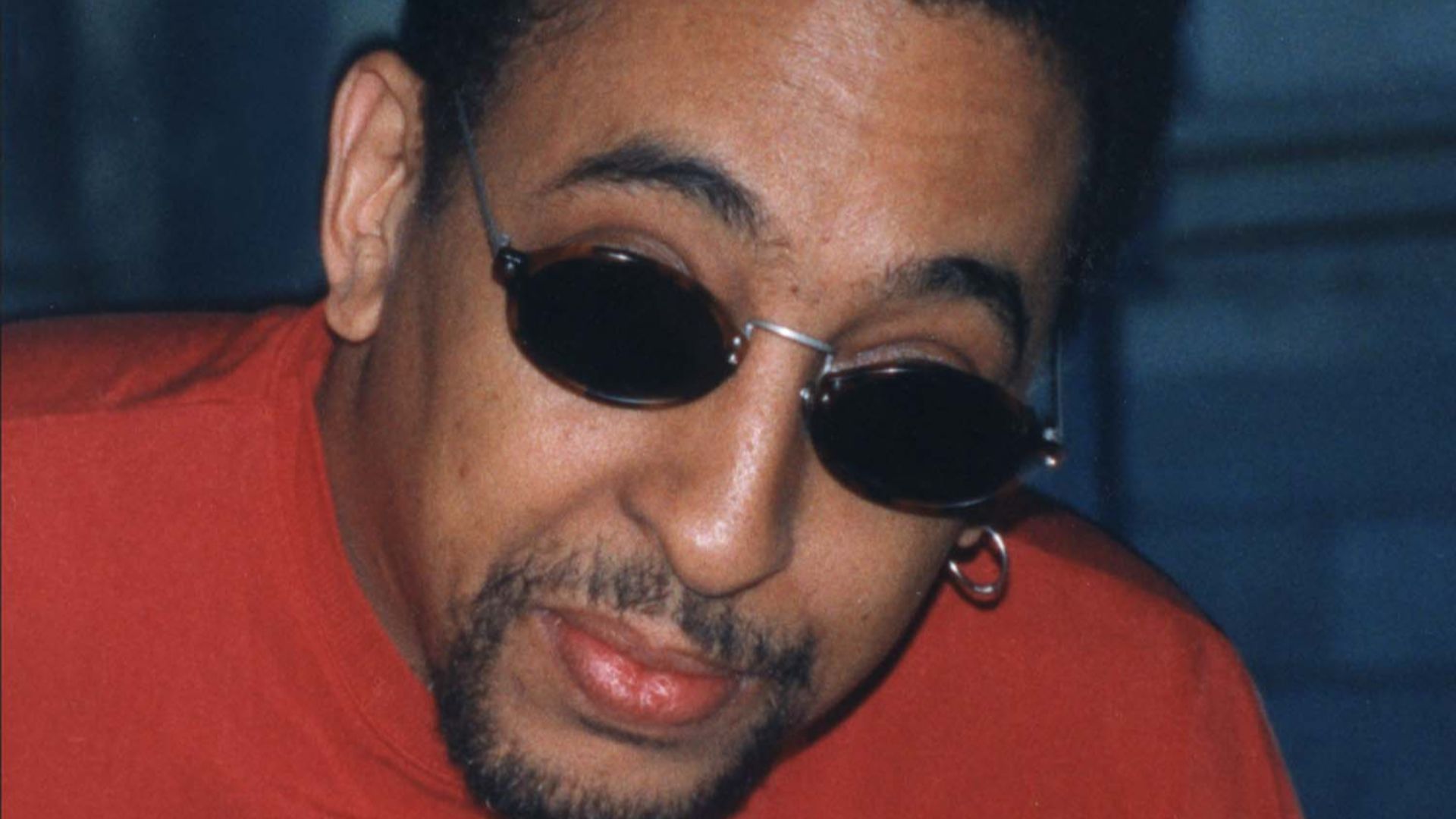 Kingkongphoto & www.celebrity-photos.com from Laurel Maryland, USA, Wikimedia Commons
Kingkongphoto & www.celebrity-photos.com from Laurel Maryland, USA, Wikimedia Commons
Performing Through Illness
Even after being diagnosed with throat cancer, Sammy refused to stop. “When I stop dancing, I’ll be dead,” he said. He performed until his voice gave out, proving the stage was still his sanctuary.
The Final Curtain
Sammy Davis Jr. died in 1990 at age 64. His funeral drew Sinatra, Michael Jackson, and Gregory Hines. “One of the greatest human beings I ever knew,” Sinatra said. The applause finally stopped, but his influence never did.
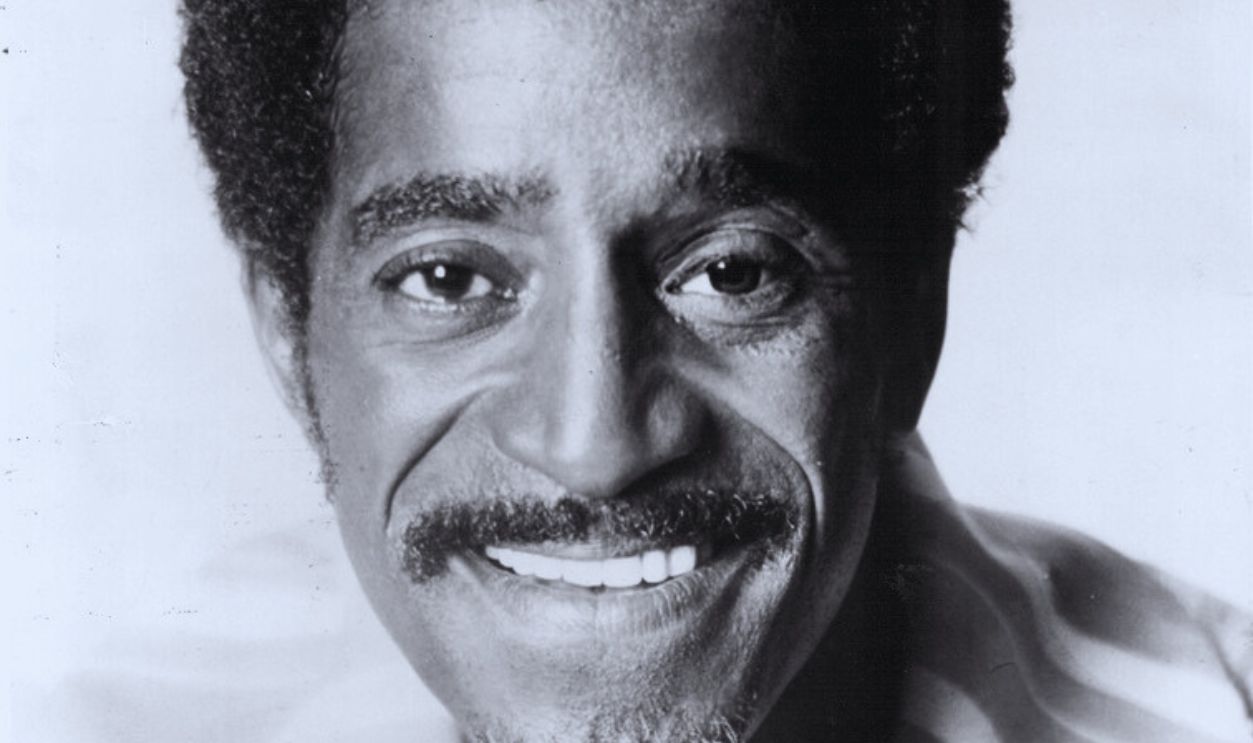 Jay Bernstein Public Relations, Wikimedia Commons
Jay Bernstein Public Relations, Wikimedia Commons
Legacy Of Talent And Tension
Sammy Davis Jr. was the most talented man in the Rat Pack—and the least accepted. He changed American entertainment, broke barriers in Vegas and Hollywood, and paid the price for being first. Decades later, his story still echoes with both brilliance and ache.
 Evening Standard, Getty Images
Evening Standard, Getty Images
You Might Also Like:

